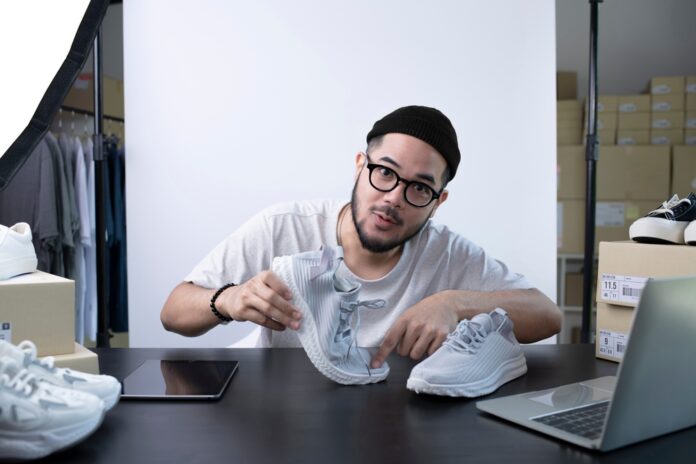Live commerce, far from being a passing trend, is an online sales strategy that has been gaining increasing traction in the daily operations of Brazilian businesses. With the arrival of TikTok Shop in the country this year, the model can present itself as an even more advantageous solution for those who already used it; and as a great opportunity for businesses that never invested in this sales model—creating more interactive, immersive, and practical experiences that attract and retain more customers.
Originating in 2016 in China, this method closely resembles the TV sales approach used by Polishop, with the key difference being that the audience has the ability to ask questions and discuss the product with the seller in real time. Essentially, it’s a livestream where the streamer presents the item in question, interacts with viewers in the chat, answers questions, shares their perspectives on specific usage methods, explains who the product is recommended for, and many other actions.
According to a Forbes article, the global live commerce market generates around $157 billion annually, making it highly appealing for marketing. Its use to boost sales and achieve exceptional results should be emphasized, which is why marketing should incorporate this method into its arsenal. With this strategy, building authentic relationships and engaging customers in ways never before imagined becomes feasible.
With TikTok’s rise in popularity in Brazil during social isolation, its use has intensified even further, in a space geared toward creating quick content that captures users’ attention and converts them into a purchasing journey. According to a Shopify article, people spend about 55 minutes per day creating and watching videos on this platform, with estimates suggesting this average time will continue to grow.
Considering the platform’s focus on short-form content, 55 minutes is a significant amount of time for users to remain engaged within the app. These key characteristics make building a follower base in this space relatively easy, as the content is designed for quick consumption. This is fundamental for launching a live commerce strategy, as livestreaming requires 1,000 followers, and using TikTok Shop requires 5,000 followers.
Once these requirements are met, various strategies can be applied to increase sales, leveraging marketing frameworks such as AIDA, 4Ps, 7Ps, STP, pirate metrics, or AARRR, for example. Psychological triggers are also among the tools that can be used in live sales—when applied effectively, they can boost audience engagement and their perceived value of the item being sold.
The live commerce model could be the perfect strategy for some businesses or resellers, and it should never be underestimated. The more engagement a seller creates with potential customers, the higher the chances of a successful sale. As a result, CMOs, marketing teams, and entrepreneurs will increasingly need to evaluate whether this strategy could be the key differentiator their brand presents within their niche, gaining greater brand recognition and referrals among their ideal behavioral target audience.


